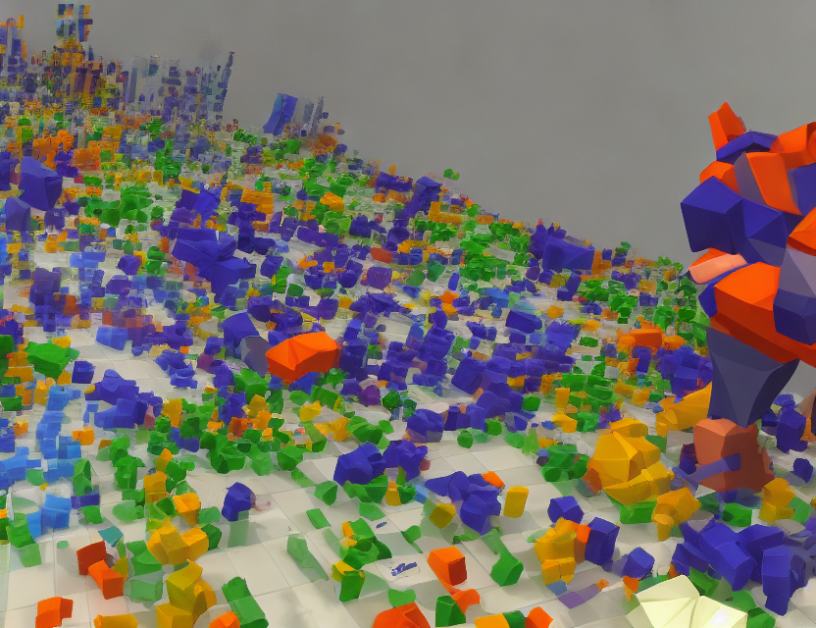In this paper, the authors propose a new approach to image synthesis called curriculum learning. They argue that traditional methods of training neural networks for image synthesis are inefficient and often result in poor-quality images. The proposed method uses a clever technique called "curriculum learning" to train the neural network in a way that improves its quality over time.
Curriculum Learning
The authors define curriculum learning as a process of gradually increasing the difficulty level for the neural network during training. They do this by using a set of images that are gradually more difficult to synthesize, with earlier images being used to train the network initially and later images serving as a challenge for the network to improve its quality.
Key Idea
The key idea behind curriculum learning is to use a "student" network that is trained on an initial set of images, called the "teacher" set, and then gradually increase the difficulty level by adding more challenging images to the training set. This allows the student network to learn and improve its quality over time, resulting in better-quality images being generated.
How It Works
The authors use a technique called "soft labeling" to train the student network. Soft labeling involves assigning a probability distribution over multiple labels for each image, rather than a single label. This allows the student network to learn more subtle and nuanced features of the images, leading to improved quality.
Training Process
The training process for curriculum learning involves iteratively updating the student network using a combination of the teacher set and the new challenging images. The authors use a technique called "progressive growing" to gradually increase the size of the training set over time, allowing the student network to learn more complex features and improve its quality.
Results
The authors demonstrate their approach on several benchmark datasets and show that it leads to significant improvements in image quality compared to traditional methods. They also show that their method is able to generate high-quality images even when trained on a limited number of examples, making it useful for tasks where annotated data is scarce.
Conclusion
In conclusion, the authors propose curriculum learning as a novel approach to image synthesis that uses a clever technique to train a neural network in a way that improves its quality over time. By gradually increasing the difficulty level during training, the student network learns more subtle and nuanced features of the images, leading to improved quality. The authors demonstrate their approach on several benchmark datasets and show promising results, making it a valuable tool for tasks where high-quality image synthesis is important.



